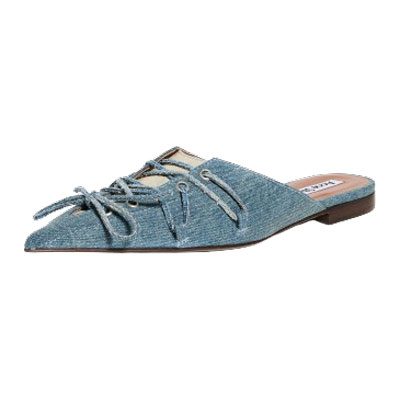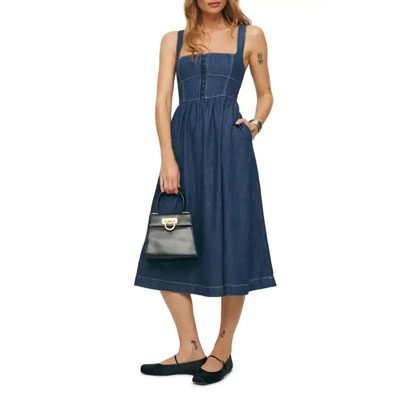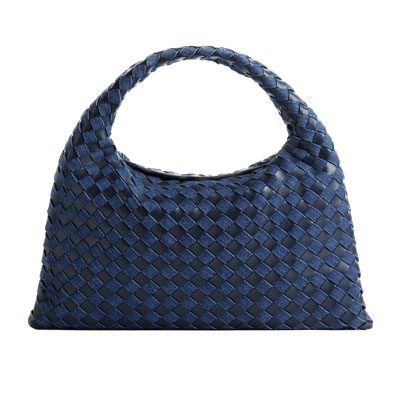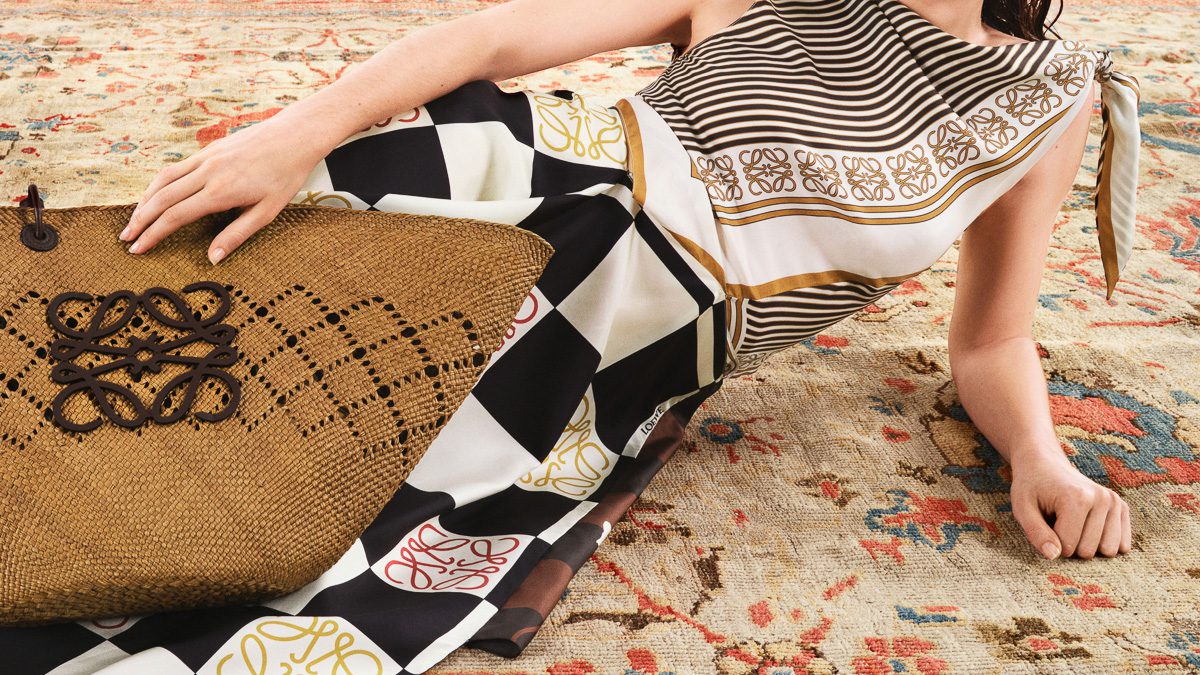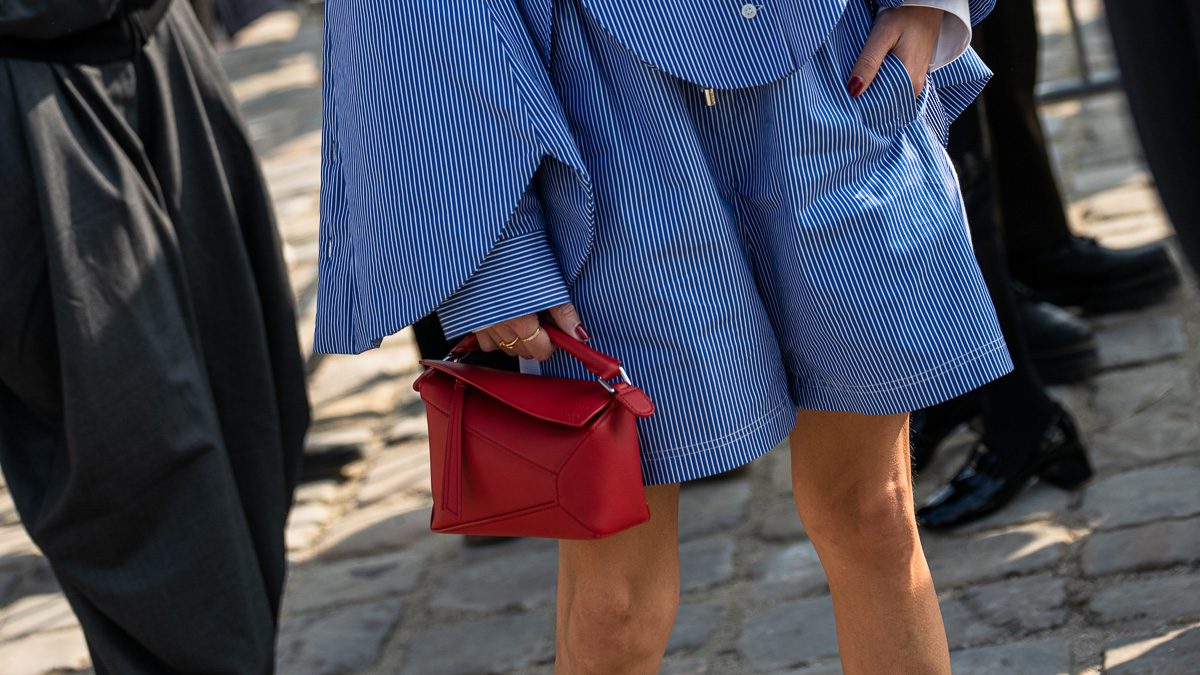When it comes to designer handbags, few brands boast the same incredible attention to leathercraft and artisanal details as Loewe. The brand’s expertise is unmatched, and it is one of Europe’s oldest leather Houses, founded in Madrid, Spain, in 1846 by Enrique Loewe Roessberg. Despite its Spanish roots, the Loewe brand can actually be traced back to Germany, where its founder originated.
Loewe Today
Enrique Loewe Roessberg was an incredibly gifted leathermaker, and the House remains rooted in the values and talent of its founder still to this day under the creative direction of powerhouse designer Jonathan Anderson. Anderson joined the House in 2013, bringing new life to the storied brand and allowing the brand to receive the attention and recognition it deserves.
Unlike other young designers who are brought on to modernize, Anderson remained committed to preserving the DNA and history of the Loewe brand and preserve he has, with craft and the art of leather-making remaining at the forefront of his designs. Striking a difficult balance of modernity with classic craft, the Loewe identity is spontaneous and bold, with a playful, unique edge.

A 1970s Icon
One of the core ways that Jonathan Anderson stays true to Loewe’s history is by allowing Loewe staples to sit alongside his cult-favorite designs, like the Puzzle Bag, the Hammock and the Gate Bag. Recently, Anderson re-launched the Amazona, but one of the bags that remains an understated staple for the House is the Flamenco, and today we’re here for a little history lesson of the 1970s icon.
An Embodiment of Culture and Craft
The 70s were a big decade for Loewe, beginning with the creation of the now-famous anagram logo. Consisting of four intertwined Ls, the Loewe anagram was designed by Spanish artist Vicente Vela. An emblem of material and technical experience, the motif remains an integral part of the House to this day, fully embraced by Anderson and his team. The 1970s also saw the creation of two very important silhouettes for the House, the Amazona, and the Flamenco.
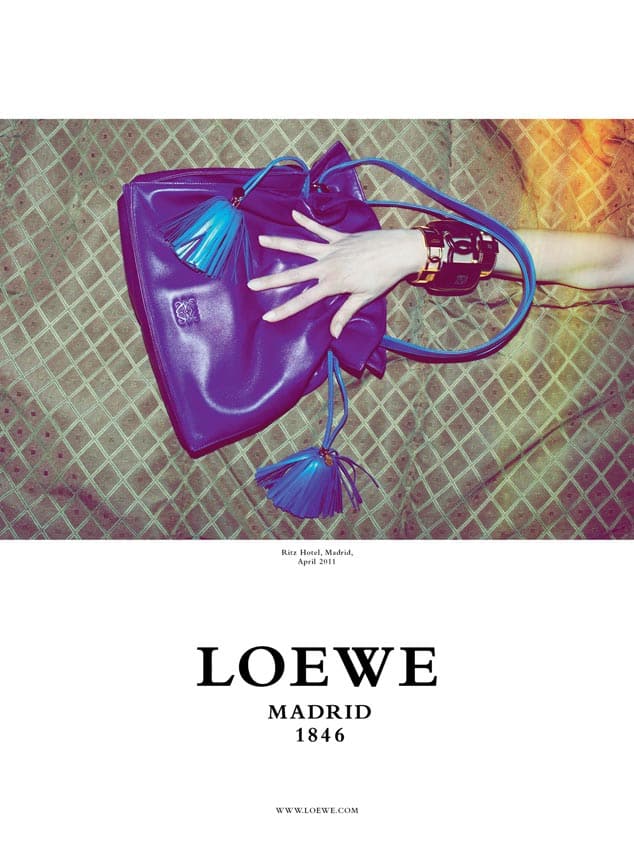
Though it was originally designed in the 1970s, the Flamenco bag was resurrected from the archives in 2010 by then-creative director Stuart Vevers. The Flamenco bag quickly became a cult classic, and it remains so today, known as one of the brand’s most important handbags. Named after the Spanish art of Flamenco dancing, it has received small changes over the years – Vevers’ version was known for its tassels, while Anderson’s Flamenco is defined by the leather knots.
Nonetheless, the original silhouette remains beloved by Loewe fans, both new and old, for its distinctiveness and style. These days, the Flamenco has expanded to include an array of sizes and colors from the mini to the macro and the neutral to the bold; there’s a Flamenco for all.
Do you remember this bag from its heyday?





